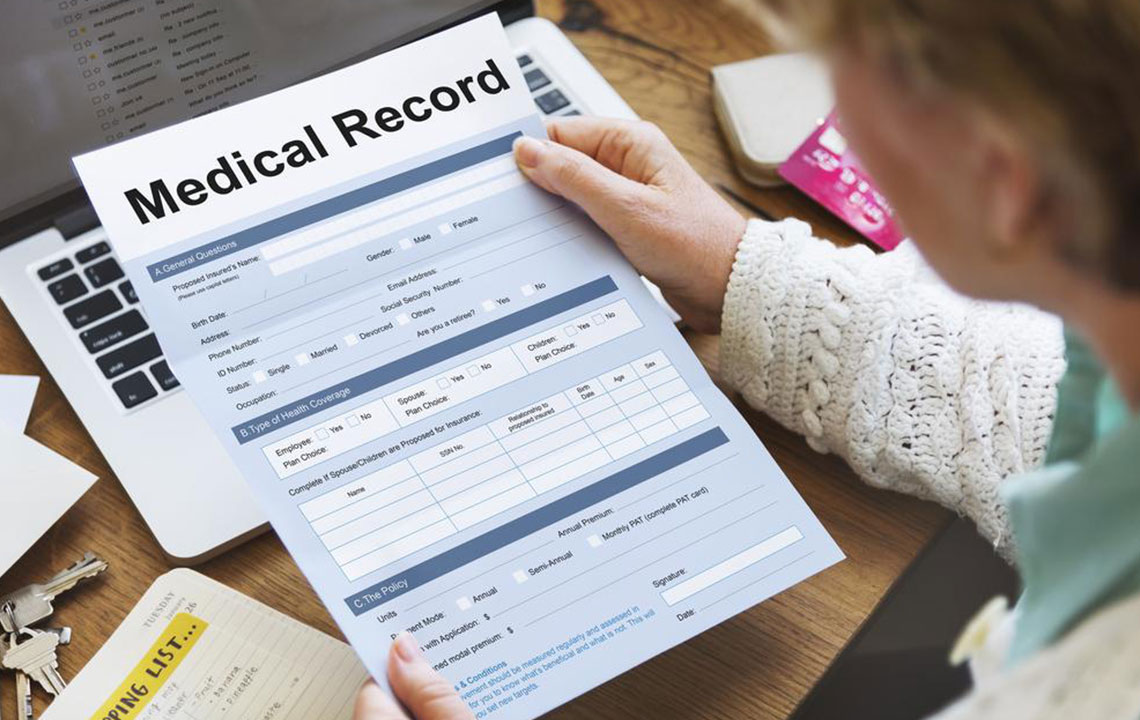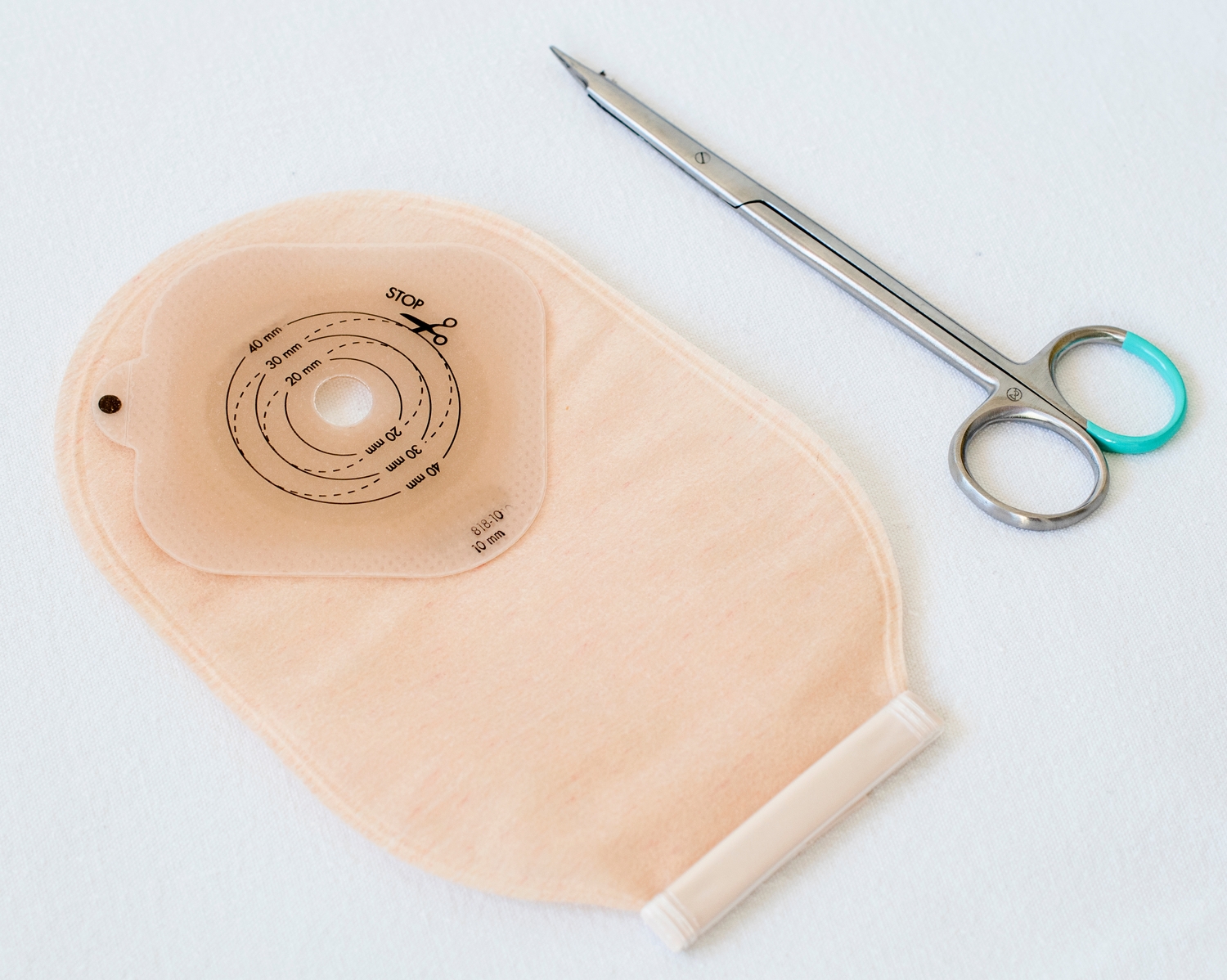Effective Strategies for Managing Your Medical Records
Learn effective methods to organize and manage your medical records for easy access and improved healthcare management. Discover tips on categorization, digital storage, and labeling to streamline your medical documentation system.

Effective Strategies for Managing Your Medical Records
Tips for Keeping Your Medical Records Organized
Managing scattered medical documents can be daunting. With numerous reports and files, it's easy to feel overwhelmed about what to keep and what to discard. Keeping all medical records accessible benefits you in the long run. The key is to systematically organize these documents for quick retrieval whenever needed. Here are practical tips to streamline your medical record management:
Set Up a Systematic Folder Structure: For families, creating a dedicated directory with individual folders for each member simplifies access and organization.
Categorize Documents Clearly: Sort records into categories such as allergies, chronic illnesses, medications, past illnesses, vaccinations, and other relevant groups. This prevents unnecessary searching during emergencies.
Use Clear Labels: Label each folder and create an index or color code system matching labels to categories and family members. This enhances the efficiency of your filing system.
Adopt Digital Storage: Consider digitizing your records into secure, encrypted files stored on your computer or cloud services. Digital storage provides easy access for you and your healthcare providers, but retain hard copies as backups in case of technical issues.
Consult Your Healthcare Provider: Discuss with your doctor the most important reports and their preferred organization method to optimize your collection's usability for both parties.










